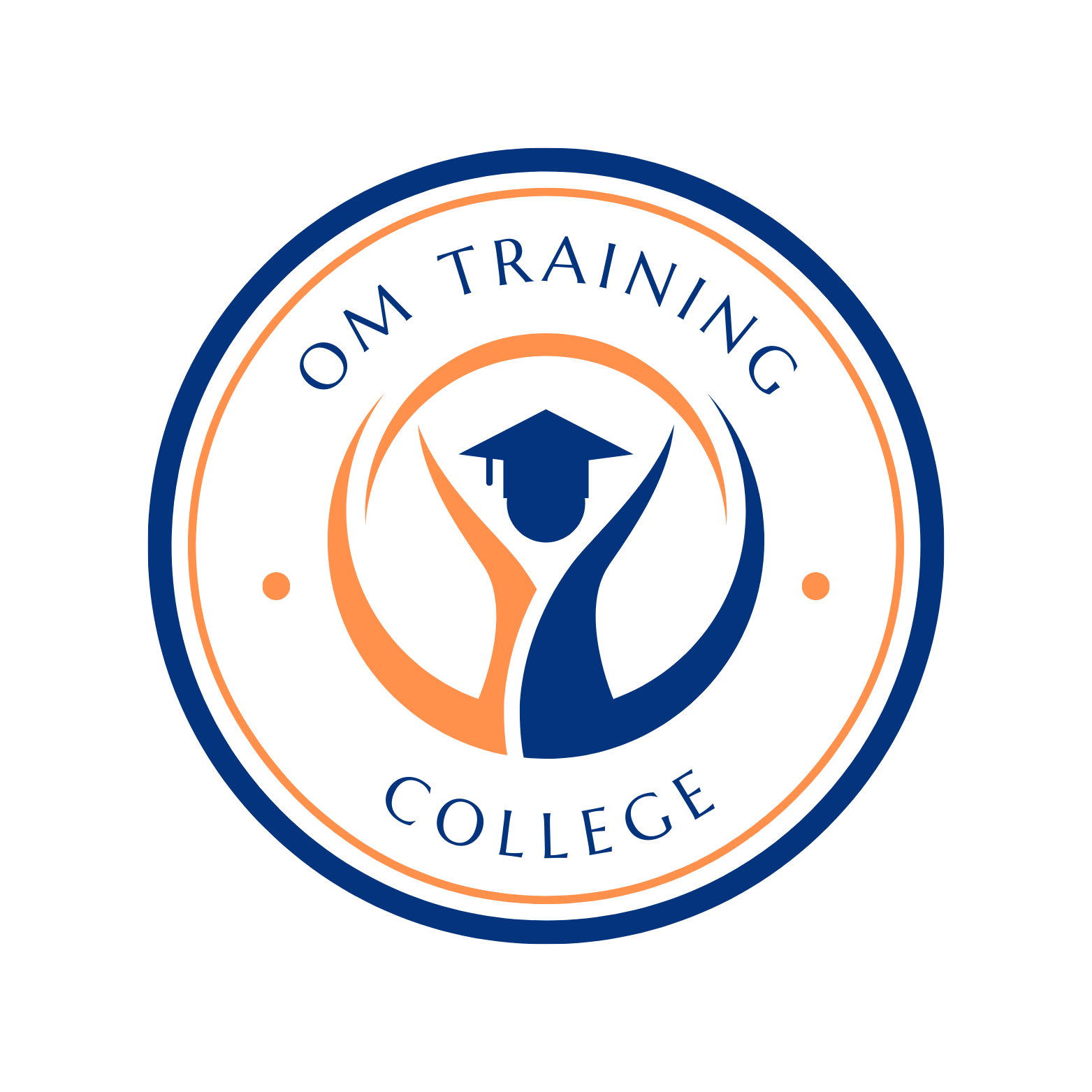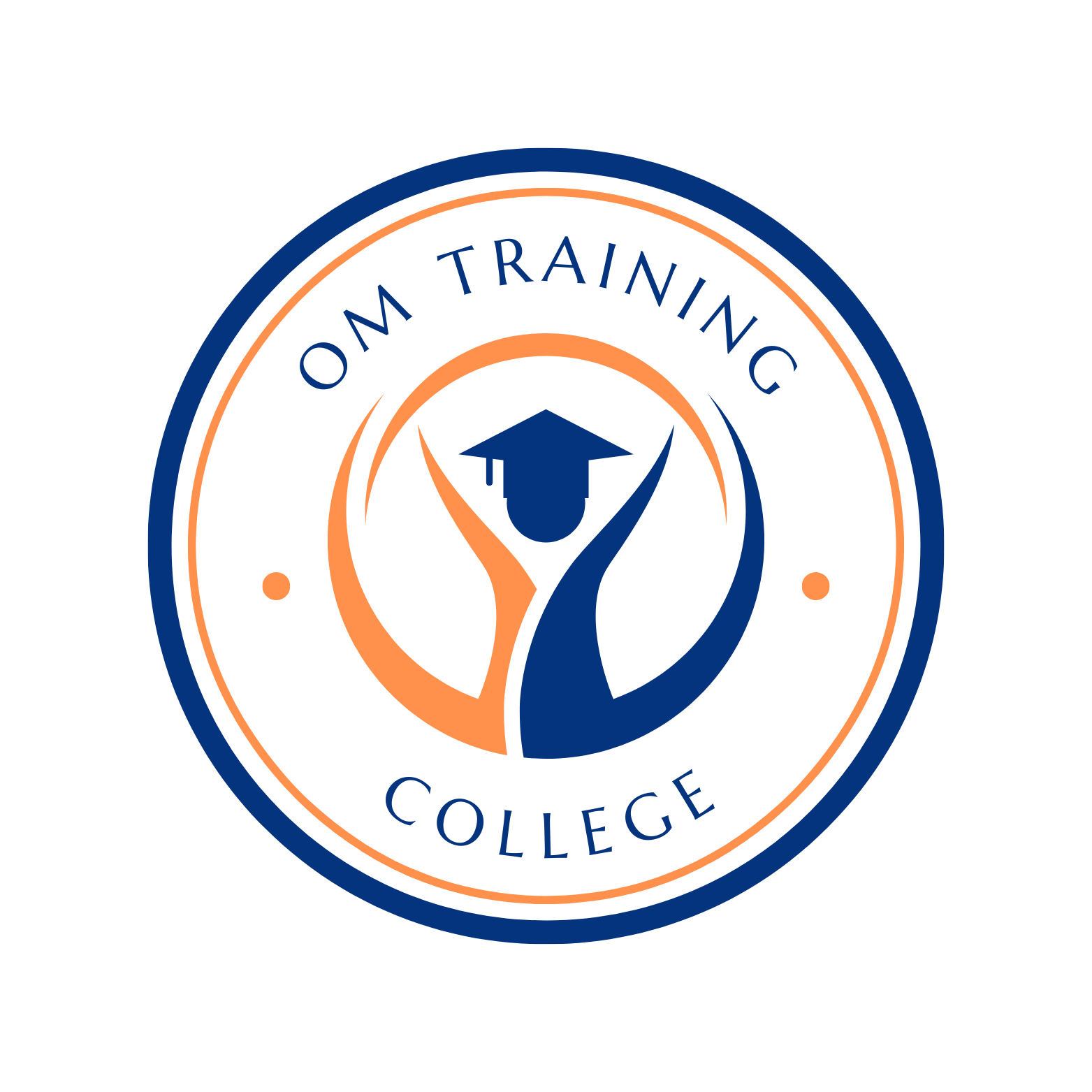Book Appointment Now
HLTAID012 – Provide First Aid in an education and care setting
HLTAID012 Provide First Aid in an education and care setting– Learn Life-Saving Skills Aligned with Australian Resuscitation Council Guidelines
This nationally recognised First Aid training course is designed for workers in education and childcare settings. The course provides essential hands-on training to manage a wide range of first aid emergencies in accordance with Australian Resuscitation Council (ARC) guidelines, workplace regulations, and national health authorities.
Participants will learn how to identify medical emergencies, activate emergency services, and deliver safe and effective first aid using action plans, equipment, and resources specific to education and care environments.
You Will Learn To:
Assess illness or injury in infants, children, and adults
Access emergency medical services quickly and effectively
Perform CPR on adults, children, and infants
Use an Automated External Defibrillator (AED)
Administer autoinjectors for anaphylaxis (e.g. EpiPen)
Assist with asthma medication
Manage wounds, bleeding, and shock
Apply immobilisation techniques for fractures, dislocations, sprains, strains, and envenomation (e.g. insect bites, snake bites)
Recognise acute illness in infants and children requiring ambulance intervention
Communicate clearly with parents, caregivers, and emergency responders
The course also covers:
Basic anatomy and physiology, including age-related CPR differences
Documenting incidents accurately
Conducting debriefs for performance improvement
Understanding and managing psychological impacts on children and carers
Communicating with children about emotional distress
Seeking additional support when needed
Units Delivered
Upon successful completion, your certificate will include the following accredited units:
HLTAID012 – Provide First Aid in an Education and Care Setting
HLTAID009 – Provide Cardiopulmonary Resuscitation (CPR)
HLTAID010 – Provide Basic Emergency Life Support
HLTAID011 – Provide First Aid
Course Delivery Options
This course can be delivered:
In the workplace, or
At a training centre arranged by the provider
Course Duration
Course times may vary based on prior learning or delivery format. Minimum durations include:
Refresher (Face-to-Face): Minimum 7 hours
Blended Learning (Face-to-Face): Minimum 7 hours
Full Face-to-Face: Minimum 9 hours
Online with Face-to-Face Assessment: At least 1 hour in-person session
Entry Requirements
Participants must have the physical capacity to perform the practical demonstrations, such as 2 minutes of uninterrupted CPR on the floor and performing rescue breathing techniques on manikins.
Online study: Students must have access to a computer, smartphone, tablet, or other electronic device with internet access to complete the online/pre-course studies.
Assessment Requirements
Individuals undertaking this course will be expected to complete both written and practical assessment tasks.
Certificate Renewal Requirements
This certificate has an industry recommended renewal period of 36 months
Assessment Activities
Performance tasks and practical scenarios:
- Perform CPR on an adult (incl. the use of an AED and placing a casualty into the recovery position)
- Complete a first aid incident report form based on the simulated first aid scenario
- Perform CPR on a child
- Perform CPR on an infant
- Manage a child casualty with anaphylaxis
- Manage a child casualty with asthma
- Manage a choking child and infant casualty
- Manage a child casualty with non-life-threatening bleeding and shock, requiring minor wound cleaning
- Manage a child casualty with a nosebleed
- Manage a child casualty with a fracture and dislocation
- Manage a child casualty with a sprain and strain
- Manage a child casualty with envenomation (snake/ funnel-web spider bite)
Theory assessment: A written assessment consisting of multiple-choice questions.
Core Skill Requirements
Students are required to complete a self evaluation against the following core skills as part of the enrolment process. This will allow your trainer to understand any additional support that may be required during the course delivery and assessment.
| Learning | I can follow step-by-step instructions to learn something new, like how to help in an emergency. |
| Reading | I can read and understand simple signs, labels, or written steps, like those on a first aid poster. |
| Writing | I can write short notes or fill out a basic form, like recording what happened during an emergency on an incident report. |
| Oral Communication | I can speak clearly and listen carefully when talking with both children and adults in different settings. |
| Numeracy | I can use basic counting or timing, like counting chest compressions or using a timer. |

